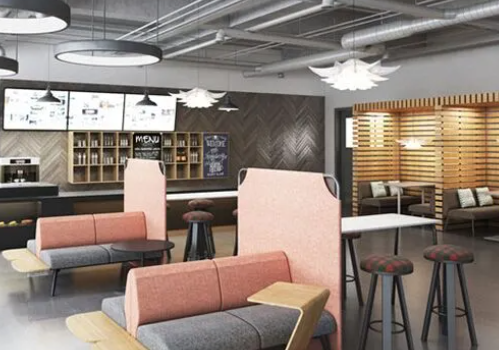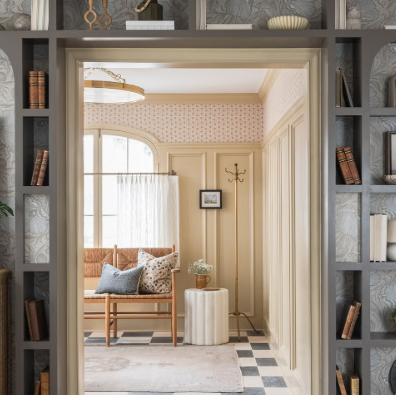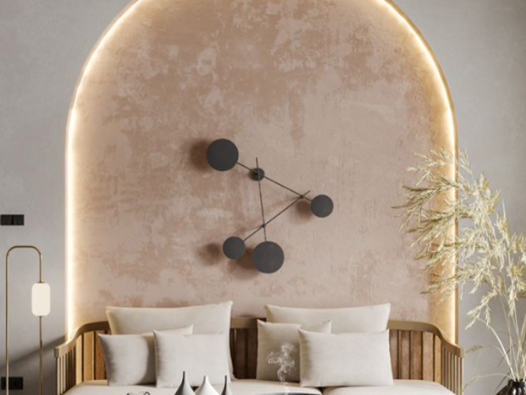
The evolution of office design has shifted away from the traditional cubicle setup, focusing instead on spaces that promote employee well-being, creativity, and collaboration. One such space gaining popularity is the office lounge, a versatile area designed to encourage teamwork, relaxation, and rejuvenation. Here, we’ll explore some fresh and functional office lounge ideas to help overcome common workplace challenges and create spaces that foster both comfort and productivity.
Challenges in the Modern Workspace
Modern offices are often plagued by a few key issues that can negatively impact employee morale and efficiency. Overcrowded workspaces can hinder teamwork, while the lack of designated break areas forces employees to spend long hours without relief. Furthermore, the disconnect between work areas and relaxation zones can make offices feel rigid and uninspiring. A thoughtfully designed office lounge can address these challenges by providing a place for employees to collaborate, relax, and recharge. By incorporating the right lounge furniture and design elements, companies can create an environment that promotes both productivity and employee well-being.
1. Encourage Collaboration and Creativity
Collaboration is at the heart of successful workplaces, and an office lounge designed to promote teamwork can revolutionize how employees interact. Lounge areas that are specifically designed for group activities encourage brainstorming and informal meetings, offering a more comfortable setting than traditional conference rooms. Modular furniture, such as moveable sofas or ottomans, allows teams to rearrange the space to suit different group sizes. Circular seating arrangements, such as round tables or clusters of armchairs, foster open dialogue and inclusivity. Adding writable surfaces, such as glass-top tables or portable whiteboards, can turn the lounge into an ideation hub, where employees are inspired to share their thoughts and work together effectively.
2. Foster a Sense of Community
A strong sense of community is essential for a cohesive workplace, and the seating arrangement in an office lounge plays a significant role in building connections. A lounge can break down departmental barriers by offering neutral spaces where employees from different teams can gather. Long communal tables or cozy bench seating invite casual conversations during breaks or lunch, while the addition of charging stations and shared screens keeps employees connected even while they unwind. Personal touches, such as customizable artwork or branded cushions, can further enhance a sense of belonging, ensuring that employees feel comfortable and engaged in the workspace.
3. Prioritize Comfort and Relaxation
Employee comfort is crucial for reducing stress and boosting focus, making it a priority in any modern office lounge. To cater to different preferences, offer a variety of ergonomic seating options. Plush armchairs are perfect for quiet breaks, while high-back sofas suit informal meetings or collaborative work. Bean bags or lounge chairs provide a relaxed space for employees to unwind. Adding soft textures, such as wool throws or cushioned ottomans, helps create a warm, inviting atmosphere. When employees feel physically comfortable, they’re more likely to stay focused and energized throughout the day, making comfort an essential element of any office lounge design.
4. Embrace Flexibility with Multipurpose Spaces
Maximizing space is especially important in smaller offices, and a multipurpose lounge provides flexibility for various needs. Mobile furniture, like rolling tables or stackable stools, can adapt the space for meetings, events, or individual work. Hidden storage solutions, such as ottomans with built-in compartments or shelving units, help keep the area tidy and organized. Flexible design elements, such as foldable partitions or retractable screens, allow the lounge to transition between a collaborative meeting space and a quiet retreat. For example, a modular stage could double as seating during breaks and as a platform for presentations. This adaptability ensures that the lounge serves different purposes throughout the day.
5. Create a Relaxing Atmosphere
A relaxing atmosphere is essential for an effective lounge area. Incorporating biophilic design elements, such as indoor plants, vertical gardens, or even water features, helps reduce stress and connects employees with nature. Natural light from large windows or skylights can improve mood and energy levels, making the space feel open and inviting. Calming color schemes, such as soft blues, greens, or neutrals, contribute to a serene environment, while adjustable lighting lets employees set the mood for different activities. For an extra touch, consider adding amenities like healthy snack stations, coffee bars, or even recreational spaces with games like ping-pong or board games. These features make the lounge a place where employees can relax, recharge, and return to work feeling refreshed.
Conclusion
Creating a modern office lounge is not just about aesthetics—it’s about solving workplace challenges and enhancing the overall employee experience. A well-designed lounge can foster collaboration, connection, comfort, and flexibility, turning the office into a dynamic environment that supports both personal and professional growth. With thoughtful furniture choices, ergonomic designs, and elements that promote relaxation, a lounge can be a space that employees look forward to using every day. By investing in creative office lounge ideas, companies can show their commitment to employee well-being and productivity, which ultimately contributes to long-term success.










